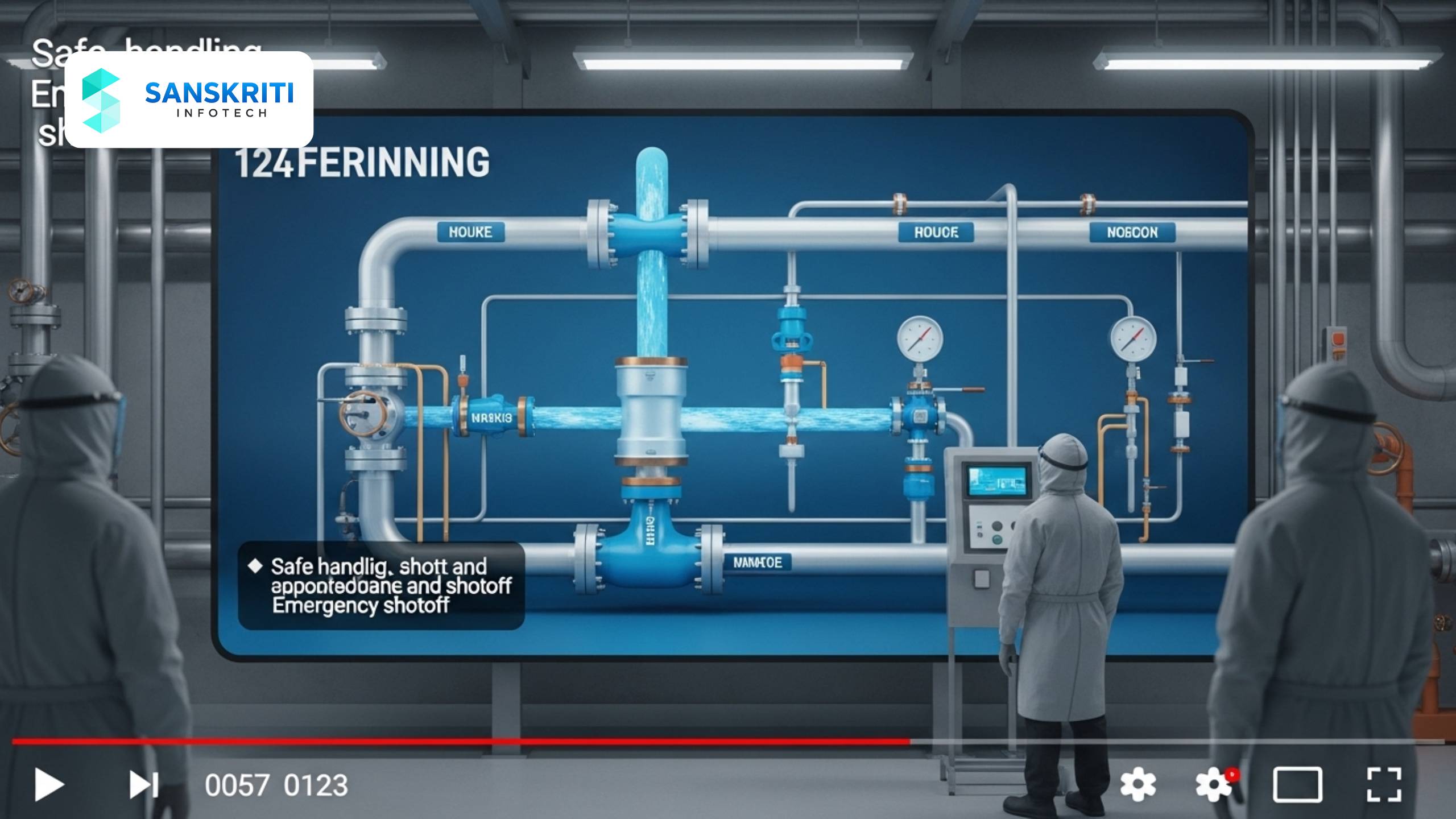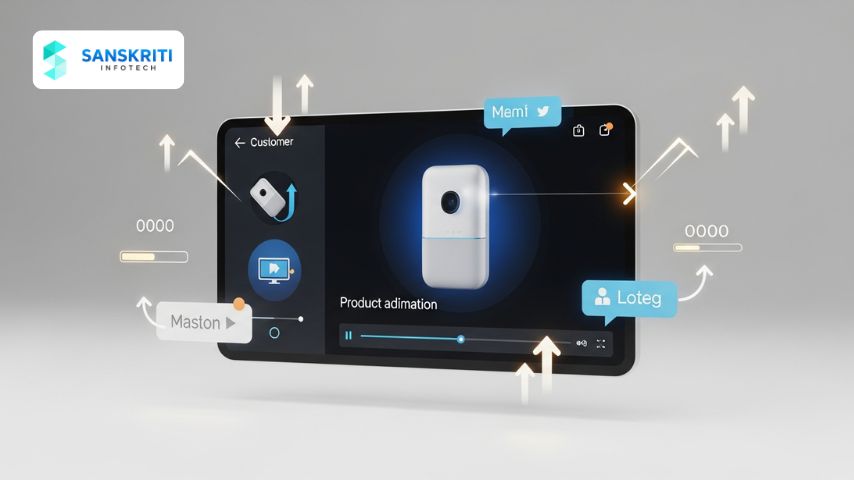Table of Contents
Introduction
Chemical plants are among the most complex and high-risk environments in industrial operations. Standard Operating Procedures (SOPs) in these facilities must be followed meticulously to avoid hazards such as fires, explosions, and chemical exposure.
Yet, many chemical SOPs are still conveyed through dense manuals, static diagrams, and verbal instructions. These formats can lead to confusion or missed steps—especially for new employees or contract workers.
That’s where 3D animation enters the scene. It offers a precise, visual, and memorable way to explain chemical processes and the safety steps that surround them. Let’s explore how 3D animation can elevate safety training and communication in chemical industries.
Challenges of Traditional SOP Delivery in Chemical Plants
- – SOPs are often written in technical language that’s difficult to follow.
- – Process diagrams may be unclear or open to interpretation.
- – Time constraints and workforce turnover make in-depth SOP training difficult.
- – Non-native speakers may struggle with documentation-heavy methods.
Why 3D Animation Works for Chemical Process Safety
- – Converts abstract concepts into visual explanations (e.g., flow of corrosive gases, mixing reactions).
- – Displays step-by-step actions with on-screen labels and narration.
- – Visualizes ‘do’s and don’ts’ using real-world scenarios.
- – Engages learners better than static PowerPoints or manuals.
- – Improves retention through scenario-based learning.
Features of Effective Chemical Process Animations
- – Accurate representation of plant layout and equipment.
- – Step-by-step sequences of operational procedures.
- – Dynamic effects for temperatures, pressures, and reactions.
- – Integrated safety alerts and PPE reminders.
- – Multilingual options for global teams.
Case Study: Animation Improves Reactor Safety SOP Adherence
- – A petrochemical plant in India struggled with SOP violations during reactor startup procedures.
- – Sanskriti Infotech created a 3D animation of the entire process—including interlock checks and venting protocols.
- – The animation was integrated into onboarding and refresher training.
- – Results after 3 months:
- – – 40% improvement in SOP quiz scores.
- – – Zero safety incidents in reactor operations.
- – – Enhanced understanding across all operator levels.
Ideal Use Cases for 3D Chemical Process Animations
- – Chemical mixing or dilution steps.
- – Startup and shutdown of process units.
- – Tank cleaning and venting protocols.
- – Line flushing and leak detection procedures.
- – Waste disposal or emergency spill SOPs.
Best Practices for Using 3D Animation in Chemical Safety
- – Use your site’s actual P&IDs and photos to ensure realism.
- – Focus on clarity—limit jargon and keep language simple.
- – Validate content with process engineers and HSE experts.
- – Add voiceover and subtitles for accessibility.
- – Incorporate it into both onboarding and toolbox talks.
Conclusion
3D chemical process animations go beyond eye-catching visuals—they improve how workers learn and follow critical safety procedures. They offer clarity, reduce misunderstandings, and make complex SOPs easier to digest.
At Sanskriti Infotech, we create detailed, customized 3D safety animations that transform your SOPs into powerful learning tools.
Ready to visualize your chemical safety protocols in 3D? Reach out to us today.






